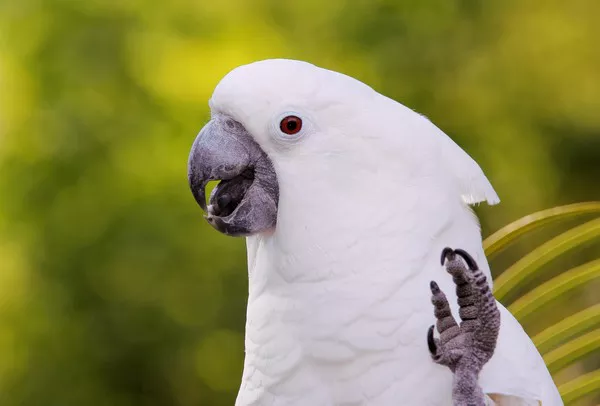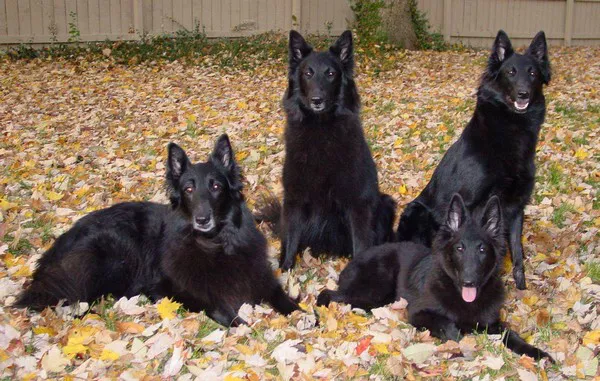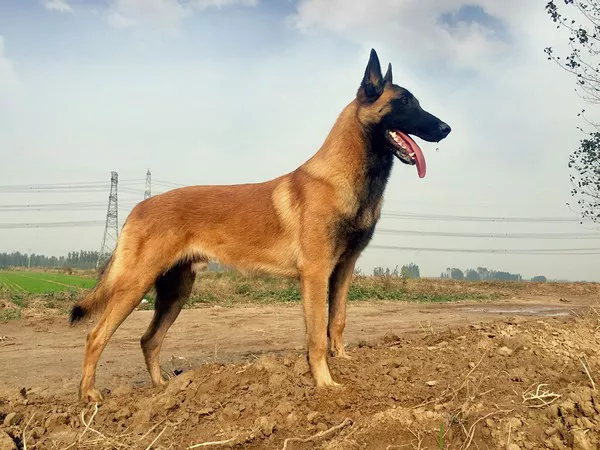Birman cats, often referred to as “Sacred Cats of Burma,” are among the most popular and beloved cat breeds in the world. Known for their striking appearance, affectionate personalities, and luxurious coats, Birmans have won the hearts of many cat lovers. However, when it comes to adopting or living with a Birman cat, one question that frequently arises is, “Do Birman cats shed a lot?”
In this comprehensive article, we will explore the shedding habits of Birman cats, factors that influence shedding, and the care required to keep their coats healthy and manageable. Whether you’re a prospective Birman owner or you’re simply curious about this stunning breed, this article will provide valuable insights into their grooming needs.
1. Understanding Birman Cats: Characteristics and Coat Type
Before we dive into the topic of shedding, it’s essential to understand the unique characteristics of Birman cats, particularly their coat.
Physical Characteristics
Birman cats are medium to large-sized cats, with a sturdy yet graceful body. They are known for their stunning appearance, which includes:
- Blue eyes: One of the most distinctive features of the Birman cat is their captivating, deep blue eyes.
- Color point coat: Similar to the Siamese, Birmans have a color-pointed pattern, meaning their ears, face, paws, and tail are darker than the rest of their bodies. However, unlike Siamese cats, Birmans’ points are a bit more muted and gradual in color transition.
- Silky, semi-long coat: The Birman’s coat is a significant part of their charm. Unlike the long, thick fur of some breeds, Birmans have a silky, semi-long coat that feels luxurious to the touch. Their fur isn’t dense or heavy like that of a Persian cat, which influences how much they shed.
Coat Texture
The Birman cat’s coat is semi-long and typically requires regular grooming to prevent matting and tangling. The texture of the coat is silky, which means it doesn’t have the undercoat found in some other long-haired breeds, like Persians. This lighter undercoat means Birman cats generally shed less than those breeds with denser fur.
2. Shedding in Cats: General Overview
Before focusing on Birman cats, it is important to understand the general shedding process in cats. All cats, regardless of breed, shed to some degree. Shedding is a natural and healthy process that helps remove old, damaged hair and make way for new growth.
Why Do Cats Shed?
Shedding is tied to a variety of factors that affect all cats:
- Seasonal changes: Cats often shed more in the spring and fall as they adjust to changes in temperature and light. During these seasons, they may shed their heavier winter coats or grow a thicker summer coat.
- Age: Older cats may shed more than younger ones, as their hair growth cycles may slow down.
- Health: Cats with certain medical conditions, such as allergies or skin infections, might shed excessively.
- Diet: A poor diet or nutritional imbalances can also lead to shedding, as it impacts the health of the cat’s fur.
- Stress: Stress can contribute to shedding, as can changes in the cat’s environment or daily routine.
3. Do Birman Cats Shed a Lot?
Now that we’ve covered the basics of shedding in cats, let’s focus specifically on Birman cats. While every cat is unique, and shedding can vary from individual to individual, Birmans as a breed are generally moderate shedders.
Moderate Shedding
Unlike breeds with heavy, dense coats like Persians, Birman cats are considered to be moderate shedders. This means they do shed hair, but not in large quantities. Their silky coats don’t tend to clump or mat as easily as those of other long-haired breeds, but they still require regular care to prevent tangles, especially during seasonal shedding periods.
Birmans will shed hair more in the spring and fall when they transition between coats for the changing seasons. This is a normal behavior in most cats, and Birmans are no exception. During these times, you may notice more hair around your home, particularly in the form of loose fur on furniture, clothing, or cat beds.
Coat Care and Grooming
Even though Birmans don’t shed as much as other long-haired breeds, they do still require regular grooming to maintain the beauty and health of their coats. Regular grooming will also help minimize shedding by removing loose hairs before they can fall onto furniture or floors.
Here’s a simple grooming routine for Birman cats:
- Brushing: Brush your Birman at least once a week using a wide-toothed comb or a cat-specific brush designed for semi-long-haired cats. This will help remove any loose hairs and prevent tangling. Be gentle, as Birmans have sensitive skin.
- Bathing: While Birman cats don’t require frequent baths, they may benefit from a bath every few months or as needed, especially if they get into something sticky or dirty. Bathing helps remove excess hair and dirt from the coat.
- Regular inspections: Check for mats and tangles regularly. If you notice any, carefully work through them with a comb or brush. Be cautious not to pull on the fur too hard.
- Nutritional care: A high-quality, well-balanced diet will help support healthy skin and fur. Omega-3 and Omega-6 fatty acids, in particular, are great for maintaining the coat’s condition and reducing excess shedding.
4. Seasonal Shedding and Changes in the Coat
Like most cats, Birman cats shed more during certain seasons, particularly in the spring and fall. During these times, they may shed their winter coat or grow a thicker coat to prepare for cooler weather.
Spring Shedding
In the spring, as the temperature rises and days get longer, Birman cats, like other felines, may shed more as they transition from their winter coat to a lighter summer coat. This shedding can be more noticeable, especially in areas where the cat spends a lot of time, such as the living room or bedroom. It’s a good idea to ramp up grooming during this time to help manage the extra hair and reduce the amount of shedding in your home.
Fall Shedding
As temperatures cool in the fall, Birman cats may shed their lighter summer coat in preparation for growing a thicker winter coat. During this time, their fur may appear fuller and thicker as they develop the extra insulation they need to stay warm.
Year-Round Shedding
Though Birmans do shed more during seasonal changes, they still shed hair throughout the year. Their shedding is less intense compared to breeds with denser coats, but regular grooming is still important to keep their coats in top condition.
5. Managing Shedding in Birman Cats
While Birman cats don’t shed excessively, managing shedding is an essential part of living with one of these beautiful felines. Here are some practical tips to help manage shedding and keep your home clean and your cat’s coat healthy.
Regular Grooming
As mentioned earlier, Birmans require regular grooming to keep their coats free of mats, tangles, and excess hair. Brushing your Birman cat regularly is one of the most effective ways to control shedding.
Use Lint Rollers and Furniture Covers
Even with regular grooming, it’s inevitable that some fur will end up on your furniture or clothing. To minimize this, keep a lint roller handy. You can also use furniture covers to protect your couches and chairs, as these can easily be washed and cleaned of any fur.
Vacuum Regularly
A vacuum with a pet-specific attachment can help pick up the hair that Birmans shed. Vacuuming your floors, furniture, and cat’s sleeping areas can help reduce the amount of fur accumulating in your home. It’s a good idea to vacuum several times a week, especially during peak shedding seasons.
Keep the Environment Clean
Maintaining a clean environment is essential to minimize shedding. Make sure your Birman’s bedding and favorite spots are cleaned frequently. Wash their bedding, blankets, and any cat trees or furniture regularly to prevent the buildup of hair.
Use Air Purifiers
Air purifiers with HEPA filters can help reduce the amount of loose fur and dander in your home, especially if you suffer from allergies. A purifier can help keep the air fresh and clean while minimizing the amount of fur floating around your living space.
6. Health Factors That Influence Shedding
While shedding is a natural process, it can sometimes be influenced by health issues. If your Birman cat is shedding excessively or has bald patches, it could indicate an underlying health problem. Here are a few conditions to watch out for:
- Allergies: Cats, including Birmans, can develop allergies to food, pollen, or even cleaning products. Allergies can cause excessive shedding, itching, and hair loss.
- Parasites: Fleas, mites, and ticks can lead to hair loss and excessive shedding. Make sure your Birman is on a regular flea and tick prevention plan.
- Skin conditions: Dermatitis, fungal infections, and other skin conditions can cause abnormal shedding.
- Nutritional deficiencies: If your Birman isn’t getting the right nutrients, it may lead to a dull coat and excessive shedding.
If you notice any changes in your cat’s coat, such as bald patches, excessive dandruff, or a sudden increase in shedding, it’s important to consult with your veterinarian to rule out any health issues.
Conclusion
In summary, Birman cats are moderate shedders with a silky, semi-long coat that requires regular grooming to stay in top condition. They don’t shed as much as heavier-coated breeds, but like all cats, they do experience seasonal shedding in the spring and fall. Regular brushing, a healthy diet, and keeping your home clean will help manage shedding and ensure that your Birman’s coat remains luxurious and beautiful.
By understanding their grooming needs and adopting the right strategies to manage shedding, you can enjoy a happy and healthy life with your Birman cat. Whether you’re cuddling with them on the couch or watching them prance around with their stunning blue eyes and flowing coat, a Birman cat makes a wonderful companion in any home.
Related Topics:




















